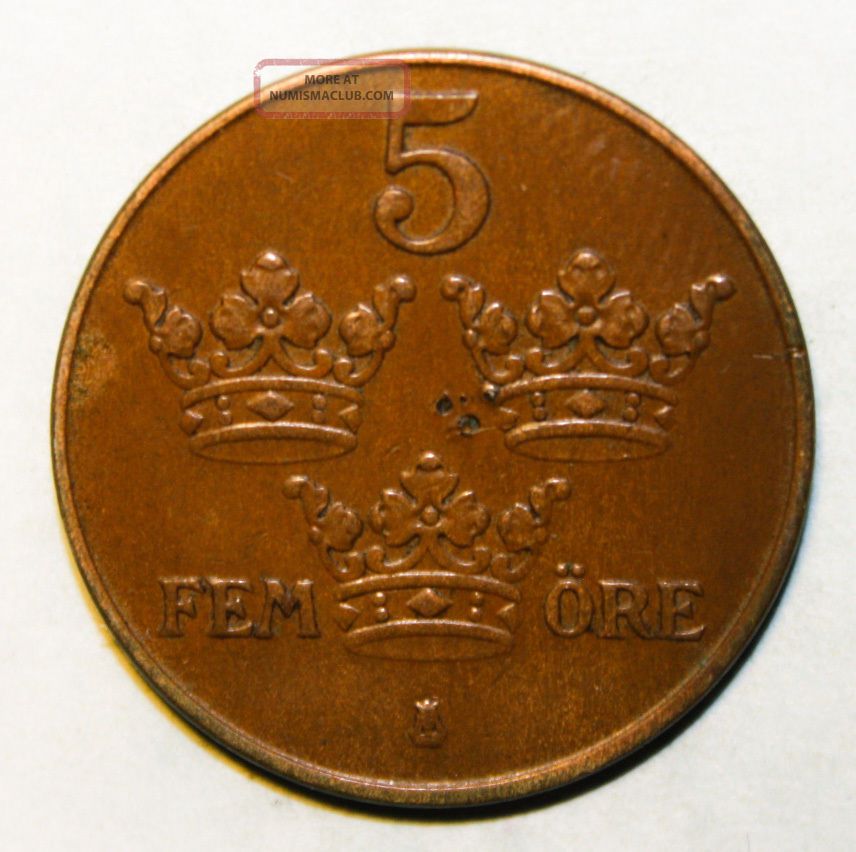
Younger students might want to have their own coins plated. Place a small piece of zinc foil in the liquid as a substitute for the powder. If the mixture of sodium zincate solution and zinc is cloudy, allow to cool, and then filter off the zinc to leave a clear filtrate.
#COPPER COINS TRIAL#
It may be sensible to carry out a trial experiment before performing the demonstration in front of an audience.

Heat the solution to boiling point on an electric heating plate.Measure 100 ml of 0.4 M sodium hydroxide solution in a 250 cm 3 beaker.It would be wise under these circumstances to ensure that the plating works, since many other alloys are used in foreign coinage. Strictly speaking it is illegal to ’deface coins of the realm’, so the law-abiding teacher might prefer to use foreign coins instead. Copper foil could be used instead, but coins are better since they are everyday articles, and there are bound to be requests from the audience to turn copper into ‘gold’.If steel wool isn’t available a proprietary mild abrasive material (for example, ‘Brillo’ soap pads) can be used instead.Allow to cool for at least five minutes before handling. Since hydrogen is evolved from a hot solution of zinc in sodium hydroxide an electric heating plate should be used to heat the solution and turned off before the zinc is added.Hydrogen gas, H 2 (g), (EXTREMELY FLAMMABLE) – Refer to CLEAPSS Hazcard HC048.Dispose of it by rinsing with water, dissolving in excess dilute sulfuric acid and washing the resulting zinc sulfate solution down the sink. Any solid zinc remaining in the solution (as fine powder or any clumps that have formed) should not be left to dry because it can ignite spontaneously. Zinc powder, Zn(s), (HIGHLY FLAMMABLE, DANGEROUS FOR THE ENVIRONMENT) – Refer to CLEAPSS Hazcard HC107.Sodium hydroxide, NaOH(s), (WARNING: IRRITANT) – Refer to CLEAPSS Hazcard HC091a.
#COPPER COINS SKIN#
Wear goggles and take care to avoid skin contact.Read our standard health and safety guidance.Zinc powder (HIGHLY FLAMMABLE, DANGEROUS FOR THE ENVIRONMENT), 5 g.

Sodium hydroxide solution, 0.4 M, 100 ml (IRRITANT), 24 g.

The demonstration takes about 10–15 minutes.


 0 kommentar(er)
0 kommentar(er)
